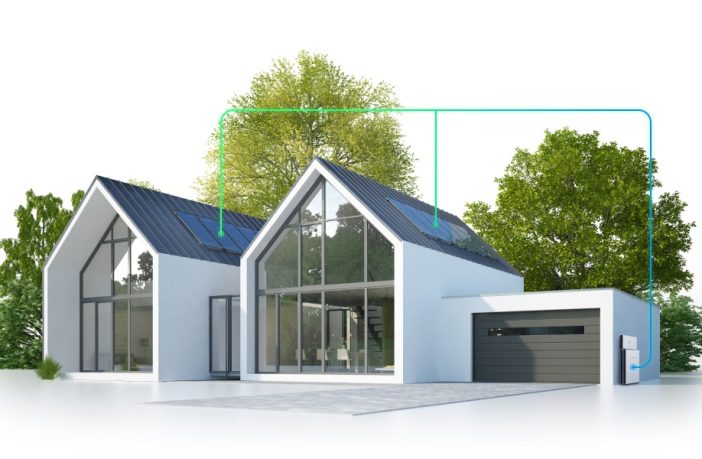- Rooftop solar is evolving.
- In many markets across the United States, net metering is actively being phased out, meaning that standalone solar arrays aren’t able to capture meaningful value for sending their excess electricity production to the grid in exchange for credits on their bill.
As net metering credits phase out, home battery energy storage systems are increasingly being attached with rooftop solar to ensure homeowners can store and consume their locally produced clean energy, avoiding peak demand charges that occur in the afternoon.
However, solar-plus-battery systems can do more than just store and self-consume power in a day-to-night cycle. These distributed energy resources can work in concert, along with HVAC systems and home appliances, to smooth out demand across the grid, creating more stability in electricity markets, and eliminating the supply and demand imbalance phenomenon known as the “duck curve.”
Programs that coordinate these distributed resources are often referred to as VPPs. By participating in a VPP, rooftop solar and battery customers can leverage their resources and get paid by a VPP administrator.
“Home solar and batteries can play an essential role in maintaining grid operations and keeping electricity costs down for everyone,” said Aaron Nitzkin, executive vice president of solar at Citadel Roofing and Solar.
California’s Pacific Gas & Electric utility runs an Emergency Load Reduction Program. Customers who enroll their batteries will earn $2 per kWh from PG&E for electricity stored in their batteries to reduce demand on the grid during peak load periods. The program’s demand response events are scheduled to occur during hot summer days between May and October. Between 20 and 60 event hours will be scheduled during each “season.”
Homeowners can expect to earn between $100 to $250 per year, said PG&E. That equates to between $2,500 and $6,250 over a 25-year life of a rooftop solar array.
Long Island, New York’s PSEG utility offers a Battery Storage Rewards program. The program pays an upfront incentive from installers of at least $250 per kWh of usable battery capacity, with a cap of $6,250 per household. For example, homeowners with two IQ Battery 5Ps offering 10 kWh of usable capacity will receive an upfront discount of $2,500 from their Enphase installer as part of the program. In return for the upfront incentive, customers agree to let PSEG Long Island use the electricity in their batteries to reduce demand during peak electricity use periods about 10 times per year. Power sharing would occur automatically under the program.
“Grid services programs unlock more value for homeowners with batteries, which expand access to this critical technology,” said Michael Catizone, president and co-founder at Long Island Power Solutions, a leading solar installation company in New York. “As electrification increases and demand on the grid grows, we’re excited to expand deployments.
Author: Ryan Kennedy
This article was originally published in pv magazine and is republished with permission.















